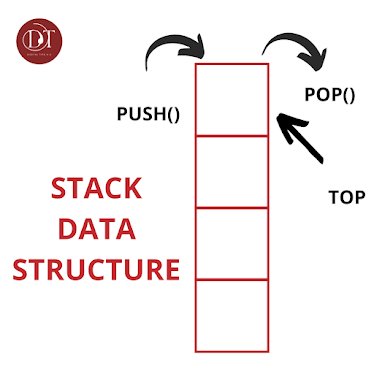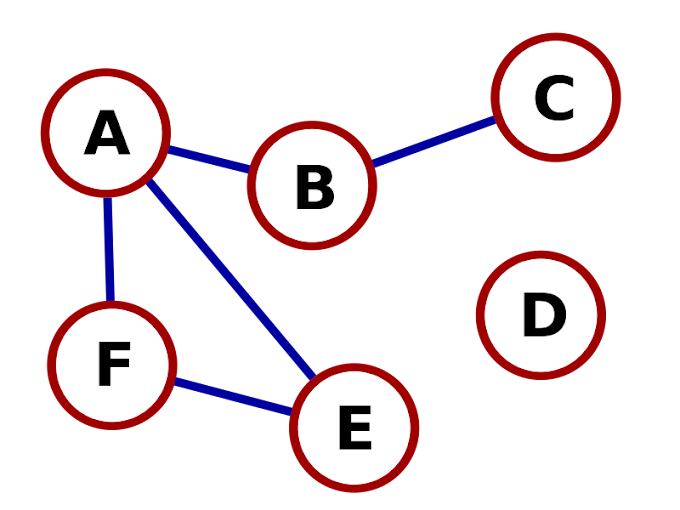An Abstract Data Type (ADT) is a data type that is prevalent in most computer languages. It's called a stack because it behaves like a real-life stack. Such as a deck of cards or a stack of dishes.
A real-world stack can only perform operations on one end. For example, we can only place or take a card or plate from the top of the stack. Stack ADT allows all data operations to be performed at one end only. We can only access the top element of a stack at any given time.
It has a LIFO data structure because of this characteristic. Last-in-first-out (LIFO) is an acronym for last-in-first-out. The piece placed (inserted or added) at last is accessed first in this case. The insertion procedure is a PUSH operation, while the removal action is a POP operation.

Representation of Stacks
We can create a stack using an Array, Structure, Pointer, and Linked List. A stack can be either fixed in size or dynamically resized. We'll use arrays to implement the stack here, making it a fixed-size stack implementation.
Basic Operations
Examples of stack data structure operations are initializing the stack, using it, and ultimately de-initializing it. A stack is used for the following two critical operations in addition to these fundamentals:
1. PUSH: Adding an element to the Stack
2. POP: Removing an element from the list
3. IsEmpty: Check If the Stack is Empty or not
4. IsFull: Check if the Stack is Full or not
5. Peek: Get the value of top element
Working of Stack Data Structure
A stack is a basic data structure with only two operations: Push and Pop. These actions can help you understand how the stack as a data structure works. Let's take a look at each one individually, as indicated below. First, let's look at how to grasp the insertion and deletion (removal) actions in a stack. Stack operations in data Structures are as follows:
1. Insertion Operation
The Push operation is used to insert an element into a data structure. When we add an element to a stack, it is placed at the bottom, like an object tossed into a pit. The next element is added on top of the previous element, and so on until all elements have been inserted. The insertion operation is called a "posh operation" because it resembles pushing an element into the stack each time. The following steps will help us understand how Push operations function.

2. Deletion Operation
We now know that the Stack is full. Therefore, we will remove every single element from the Stack. The "Pop" operation removes an element from a stack. The pop removes the piece that was most recently introduced. The stack removal operation is aided by the pop operation.
Applications of Stack Data Structure
1. When reversing a string, the stack is the most suitable data structure.
2. The stack's LIFO (Last-In-First-Out) characteristic makes this possible.
3. For parsing activities, the stack is a beneficial data structure.
4. It's also used to convert expressions, such as infix expressions to postfix or postfix expressions to prefix expressions.
5. When it comes to backtracking, it is really effective.
Conclusion
A stack is a robust tool for storing and managing data in the needed manner while being a simple data structure. It can be thought of as a path with an entrance that makes insertion and withdrawal easier. The insertion and deletion operations are LIFO-based due to the nature of the stack.





0 Comments